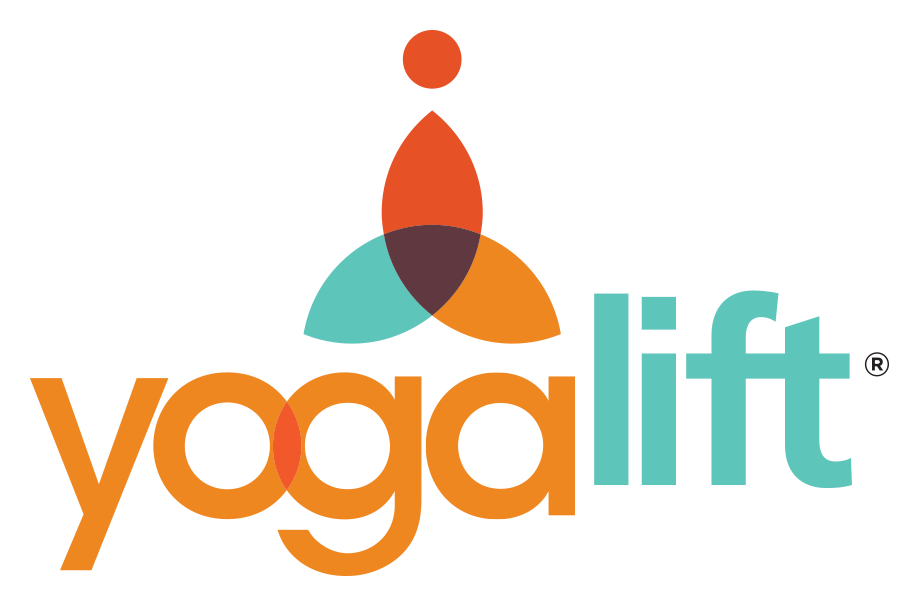The BFD About BDNF
It’s been said that getting old is not for the faint of heart. Bodies, akin to cars, need a lot of TLC to keep running when past their prime. Like older vehicles, if bodies are tended to over the years, it’s much easier to maintain wellness than to try to get well later in life. Several strong-hearted role models taught me that no one arrives at perfectly balanced living, and that you don’t have to if you stay somewhat tuned up and, most importantly, remain spirited. Combatting the toll of the passing decades requires adopting some healthy habits. Those efforts are usually, although not always, rewarded with a healthier and more invigorating than average old age.
It’s true that some of how one ages lies in the genetic luck of the draw. Yet, according to epigenetics we do have some control over whether or not our more lethal genes will be expressed or remain merely a potential. When the Standard American Diet (SAD) is combined with a sedentary lifestyle, the risk of prematurely suffering from one or more of the feared diseases of old age - dementia, CVD, diabetes- increases significantly. While common sense tells us that what is good for the body must also be good for the brain there is now a slew of research to prove it. Check out this article in the Smithsonian:
To ward off Alzheimers and other types of dementia or just a sketchy memory, turn your focus to an anti-inflammatory lifestyle and, more specifically, to increasing the production of brain derived neurotropic factor (BDNF). These precious proteins encourage the growth of new brain cells that are crucial to memory formation and recall as well as to managing mood, depression, and anxiety. It turns out that inflammation caused from poor food, stress, and not enough movement, results in both a flabby body devoid of muscle AND a flabby brain devoid of BDNF.
Here are four ways to boost your BDNF status and to age with an agile mind and body:
Embrace a Mediterranean type diet. What you eat does much more than provide energy; it actually becomes your bones, muscles, and brain cells. Yes, you are what you eat! The Mediterranean eating style is all about partaking regularly in a wide variety of the most nutrient dense foods. Beans, vegetables, fruits, nuts, seeds, fish, and healthy oils. Make it fresh and organic as much as possible but keep in mind that frozen vegetables and fruits are still high in nutrition and are time savers.
Exercising regularly. Exercise increases circulation, helps detoxify the body, and is the healthiest mood changer that I know of. Find some form of activity that you will do, even for as little as ten minutes, on a regular basis. Try a new sport- pickle ball anyone? Find a pal to walk with. Start to dance again. Attend a fitness-based yoga class. Yoga strengthens your organs, muscles, tenacity, focusing ability, and stretches and relaxes your entire being at the same time.
Managing stress. Stress has been shown to thin the walls of the brain and to fat-pad the walls of the body. Learning to live in more balance is a practice that is best supported with a sincere intention to surrender and relax more by slowing down, or speeding up depending on your habits. We all know that this practice requires a lot of course correcting so be gentle and patient with yourself. A friend of mine swears by the Calm App. She claims it has seen her through the stress of the pandemic and helped her keep her weight in check by providing go-to stress management tools like breathing exercises and guided meditations.
Consume DHA rich foods. DHA is an essential fatty acid (EFA) that promotes the production of BDNF. DHA is found in fatty fish like salmon, tuna, and sardines, free range eggs, and walnuts. DHA is often accompanied by EPA. Together these essential fatty acids reduce inflammation and help balance blood sugar. To ensure an adequate dose of these potent health enhancers, supplement with EFA’s from fish or algae.
There are places in the world called blue zones. In these locations people live long, happy, and healthy lives. Blue zone areas have some of the lowest rates of dementia in the world.This means that they excel at producing BDNF! The collection of healthy habits adopted by these peoples includes a plant-rich diet, daily movement, socializing, living with a higher purpose, and following the 80% rule which is to stop eating before fullness. To learn more about healthy aging check out Dan Buettner’s research and books on the Blue Zones.
Namaste, Shannon

